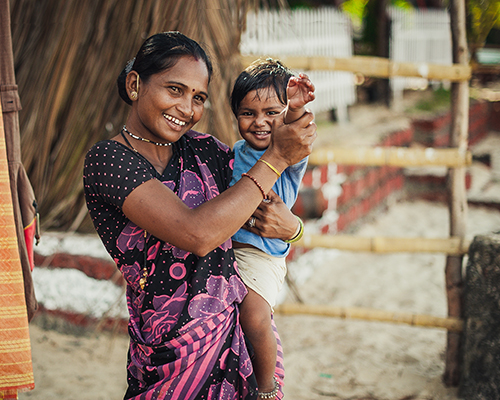Baseline facility survey among public sector medical facilities and health care providers to understand the availability of abortion, post-abortion care, and family planning services in Madhya Pradesh, India
Clinton Health Access Initiative (CHAI) collaborated with the Government of Madhya Pradesh (GoMP) to increase access to safe abortion, post-abortion care services and improve access and uptake of highly effective methods of contraception. CHAI focused mainly on streamlining the forecasting of misoprostol, mifepristone, and manual vacuum aspiration (MVA) in the state. It aimed to provide supportive supervision to enable forecasting, purchase order placement, stock management, distribution, and record keeping. They also worked towards developing an easy-to-use tool for record-keeping. The interventions rolled out in all 51 districts of MP over 2.5 years.
In addition to the supply-side interventions targeted at the entire state, CHAI undertook additional interventions in four identified districts, namely Panna, Vidisha, Sehore, and Guna, which included forecasting training for relevant stakeholders at facilities and warehouses. Other than this, demand generation interventions that included disseminating information about the legality of abortions, access points for abortions, and abortions for unmarried adolescent women in the Indian legal framework were also undertaken.
CHAI engaged Sambodhi to survey public sector medical facilities and health care providers to understand the availability of abortion, post-abortion care, and family planning services in Madhya Pradesh. The survey’s primary objectives were:
- to gain a deeper understanding of forecasting and supply chain processes of abortion, post-abortion care, and family planning commodities and to identify gaps, if any,
- to assess the readiness of public health facilities to provide the listed services,
- to assess the knowledge of health care providers and front-line workers (ASHAs, ANMs) on safe abortion, post-abortion care, and FP services, and
- to assess clients’ experience of care at these health facilities and evaluate the extent of their awareness of the availability of abortions, post-abortion care, FP services, and the legality of abortions.
A cross-sectional study was carried out with qualitative and quantitative methods.
Qualitative In-depth Interviews (IDIs) were conducted with key stakeholders in four districts to better understand the forecasting and supply chain processes of FP, abortion, and post-abortion commodities. Around 52 interviews were conducted.
Quantitative tools included health facility assessment, provider interviews (doctor, nurse, ANM, ASHA, adolescent, and FP counselors), and patient exit interviews. A census survey of health facilities from district health to primary health centre level was done in the four identified districts.
Across the state, 356 health facilities were assessed. 356 doctors, 356 nurses, 200 adolescent counselors, 200 Family planning/SSK counselors, 87 ANMs, 174 ASHAs, and 232 patients were interviewed.

